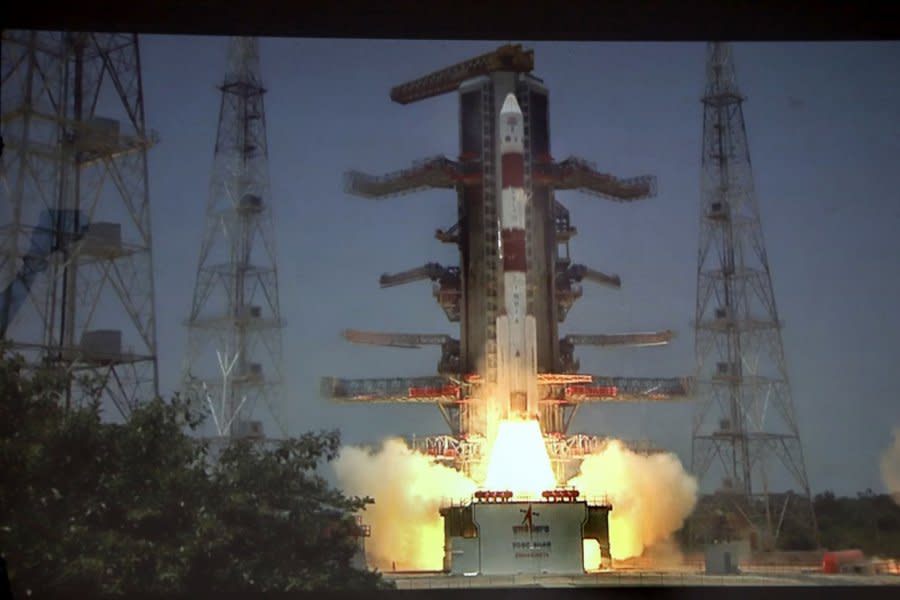India successfully launches first solar observatory mission

Sept. 2 (UPI) -- India successfully launched its first solar observatory satellite into low Earth orbit on Saturday, the nation's space agency announced.
The Aditya-L-1 spacecraft was launched from India's Satish Dhawan Space Center on a Polar Satellite Launch Vehicle, the Indian Space Research Organization confirmed.
"The launch of Aditya-L1 by PSLV-C57 is accomplished successfully," the ISRO posted on X Saturday. "The vehicle has placed the satellite precisely into its intended orbit. India's first solar observatory has begun its journey to the destination of Sun-Earth L1 point,"
"Congratulations, the Aditya-L1 spacecraft is injected in an elliptical orbit very precisely in a very unique mission mode, with the upper stage of the PSLC taking two burns for the primary satellite for the first time," added ISRO chairman Sreedhara Panicker Somanath.
The spacecraft is designed to leave low Earth orbit for a location about 1 million miles from Earth known as Lagrange point 1, which will allow the spacecraft to directly orbit and observe the sun.
"The instruments of Aditya-L1 are tuned to observe the solar atmosphere mainly the chromosphere and corona. In-situ instruments will observe the local environment at L1," the ISRO said of the mission. "There are total seven payloads on-board with four of them carrying our remote sensing of the Sun and three of them carrying in-situ observation."
While orbiting the sun at L1, the Aditya-L1 will use its instruments to study its upper atmosphere and phenomena such as solar flares, coronal mass ejections and solar wind.
Indian Prime Minister Narendra Modi hailed the Aditya-L1 launch as another milestone for his country's space program.
"After the success of Chandrayaan-3, India continues its space journey," Modi posted on X Saturday. "Congratulations to our scientists and engineers at ISRO for the successful launch of India's first Solar Mission, Aditya-L1. Our tireless scientific efforts will continue in order to develop better understanding of the Universe for the welfare of entire humanity."
Last month, the ISRO successfully landed the Vikram lander near the south pole of the Moon. The lander was a component of India's Chandrayaan-3 mission and carried the Pragyan lunar rover.
The Pragyan rover has since successfully demonstrated its ability to navigate parts of the lunar surface, avoiding a crater in footage posted by the ISRO last month.


